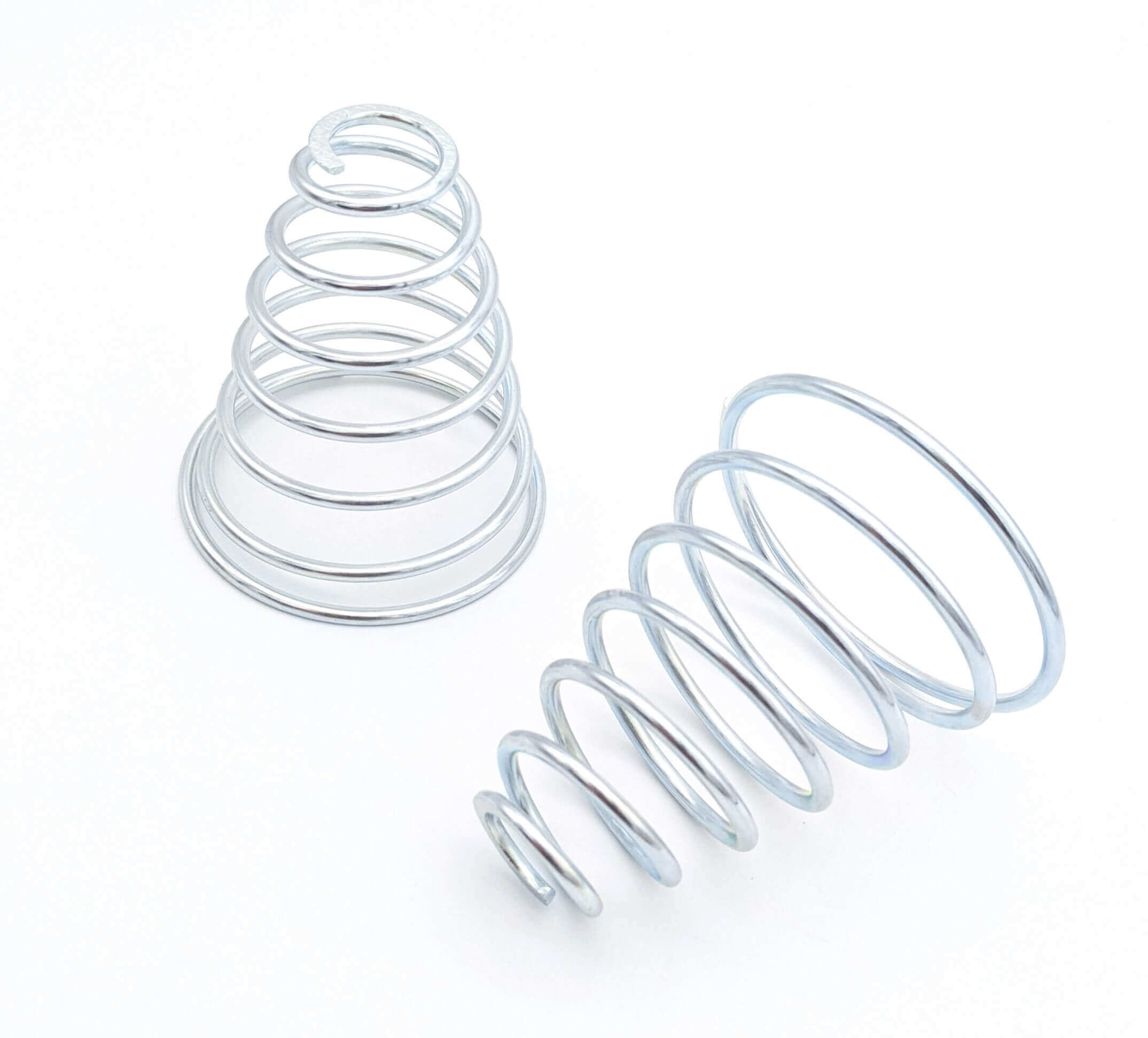Get unique, complex parts easily. No matter your requirements, Chaoyi Spring creates hard-to-produce coil springs and wire forms.
Let us help you create the custom wire form you need, from S-hooks and J-hooks to utility hooks and more.
We work closely with customers across a wide range of industries, helping them design and manufacture made-to-order parts.
Why choose Chaoyi Spring? We prioritize customer-focused collaboration, modern equipment and the latest technology to make your parts per print.
Find the information and guidance you need, from measuring a spring to learning about materials, placing an order and much more.
Coil springs are ubiquitous in mechanical systems, playing a crucial role in absorbing shock, providing support, and storing energy. Understanding coil spring compression is fundamental to the proper design and


Coil springs are ubiquitous in mechanical systems, playing a crucial role in absorbing shock, providing support, and storing energy. Understanding coil spring compression is fundamental to the proper design and operation of various machines and devices. This comprehensive guide delves into the principles of coil spring compression, exploring factors that influence its behavior, common applications, and practical considerations for engineers and technicians.

Coil spring compression refers to the act of squeezing or shortening a coil spring by applying a force along its axis. When a compressive force is applied to a coil spring, the individual coils are pushed closer together, reducing the overall length of the spring. This compression stores potential energy within the spring, which is released when the force is removed, causing the spring to return to its original length.
The amount of compression a coil spring experiences is influenced by several factors, including:
Coil spring compression finds wide applications in various mechanical systems, including:
The compression of a coil spring can be calculated using Hooke's Law, which states that the force required to compress a spring is directly proportional to the amount of compression. The formula for calculating spring compression is:
F = k * x
Where:
When working with coil springs, it's crucial to consider various practical factors:
Coil spring compression is a fundamental concept in mechanical engineering, with vast applications across numerous industries. By understanding the factors influencing compression, the principles of calculation, and practical considerations, engineers and technicians can effectively design, select, and utilize coil springs for optimal performance and reliability in their systems.
Coil springs are essential components in countless mechanical systems, and their compression behavior is a key factor in determining their functionality. This comprehensive guide has provided a thorough overview of coil spring compression, exploring its principles, applications, and practical considerations. By embracing this knowledge, engineers and technicians can ensure the successful and reliable operation of systems incorporating coil springs.
Browse some of the custom wire forms and springs that we manufacture. Don’t see what you need? We specialize in made-to-order products that meet your application requirements.
Visit Our GalleryNeed a custom wire form or coil spring? We make it work. Fill out the contact form and a representative will respond within 1 business day. If you have a PDF or CAD file, you can submit to request a quote.